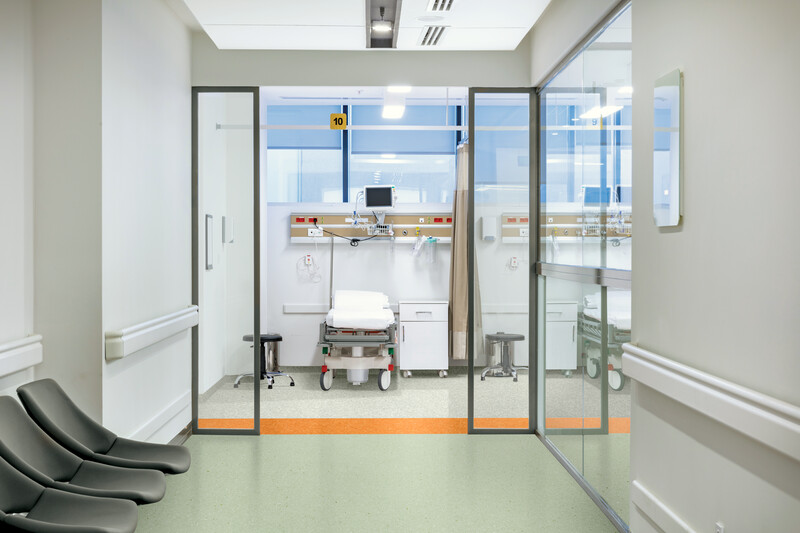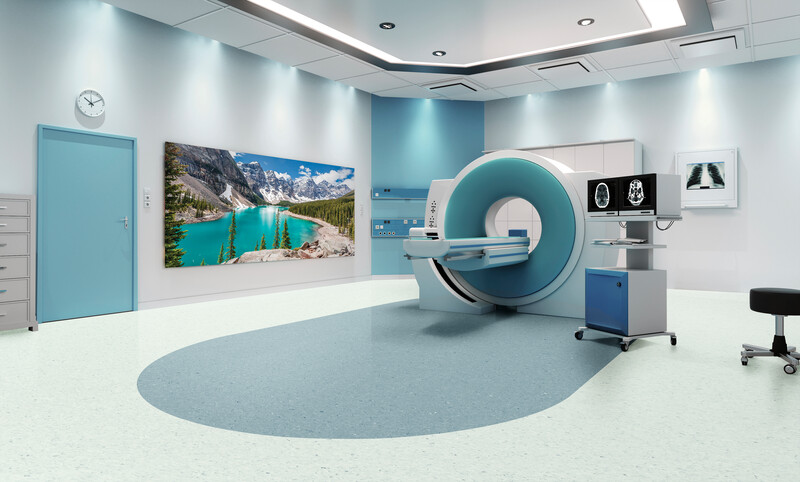Vinyl Welding Rods for Commercial Sheet

With commercial sheet installation, vinyl welding rods are key to creating durable, watertight, and visually seamless floors. They effectively turn individual sheets into one continuous surface.
Their main job is to seal and strengthen seams. More importantly, they stop dirt and moisture from seeping beneath the surface, especially in spaces where hygiene matters most.
That’s why welding rods are standard in hospitals, surgical suites, labs, ICUs, and any environment requiring sterile conditions. They’re also often used in offices, schools, and other commercial spaces to improve cleanliness and reduce maintenance.
This guide covers what you need to know about vinyl welding rods, including material types, techniques, and best practices.
Understanding Commercial Sheet Vinyl Welding Rods
Welding rods for commercial vinyl flooring are designed to form strong, permanent bonds between seams. They apply to heterogeneous and homogeneous sheet vinyl. The most common materials used are PVC and TPO:
| Type | Material | Best For | Features |
| PVC | Polyvinyl Chloride | Most standard vinyl flooring | Good color match, cost-effective |
| TPO | Thermoplastic Olefin | TPO-based vinyl floors | High heat resistance, durable |
PVC welding rods work for most installations, while TPO rods are designed specifically for TPO flooring systems and offer higher heat resistance.
Preparation for Commercial Sheet Welding
Prep matters before welding. Clean the subfloor thoroughly, ensuring it’s smooth and free of debris or contaminants. Any unevenness can affect the weld.
When selecting welding rods, choose the type that fits your flooring material and color-match as needed. If the space allows, you can choose a contrasting color for a design accent.
Commercial Sheet Vinyl Welding Techniques
There are two primary methods: hot air welding and chemical welding.
- Hot Air Welding is the standard method for commercial vinyl. A hot air gun and nozzle heat the rod and flooring edges, fusing them into a solid bond.
- Chemical Welding: This method uses solvent-based adhesives to soften and bond vinyl. It is less common and typically unsuitable for sterile environments, where hot air welding offers better strength and hygiene.
Best Practices for Vinyl Flooring Welding
Getting a clean, professional weld isn’t just about having the right tools—it’s about using the proper technique. Consistency is everything, whether installing in a high-stakes sterile environment or a standard commercial space.
Below are the key practices that ensure strong bonds, seamless visuals, and long-term durability.
- Control the three key variables: Angle, speed, and heat.
- Match heat to the material: Use lower heat for more sensitive vinyl.
- Use the correct nozzle: A standard tip might scorch delicate surfaces—choose accordingly.
- Groove correctly: Cut about two-thirds into the seam (not halfway through). This depth gives the rod enough space to fuse fully without compromising the sheet.
- Trim cleanly: After welding, trim the excess in two passes—once warm and once cool—for a flush finish.
- Stay safe: Wear PPE and ventilate the space properly.
Troubleshooting Common Issues with Vinyl Welding Rods
If problems arise—like weak seams, overheating, or scorching—they’re usually fixable by adjusting heat settings, slowing down, or redoing welds with more control. For example, adjusting temperature and speed settings and carefully repairing or redoing defective welds can help overcome these challenges.
Maintenance and Care of Welding Equipment
Clean your tools regularly, especially the hot air gun and nozzles, to ensure consistent heat. Store rods properly to avoid contamination. Damaged gear should be replaced to maintain the quality of your welds.
AHF™ Contract Vinyl Welding Rods: Designed for Performance and Precision
We offer a range of color-matched vinyl welding rods compatible with homogeneous and heterogeneous vinyl sheet flooring. Available color families include:
- Black/Gray
- Blue
- Dark Neutral
- Mid-Neutral
- Light Neutral
Need a seamless look for a non-aseptic environment? Consider our S-761 Seaming System. It simplifies installation by reducing materials and is ideal for intricate patterns. While not used in sterile spaces, it’s perfect for creating a clean visual flow in commercial interiors.
Call 1-866-243-2726 or find a rep near you.

